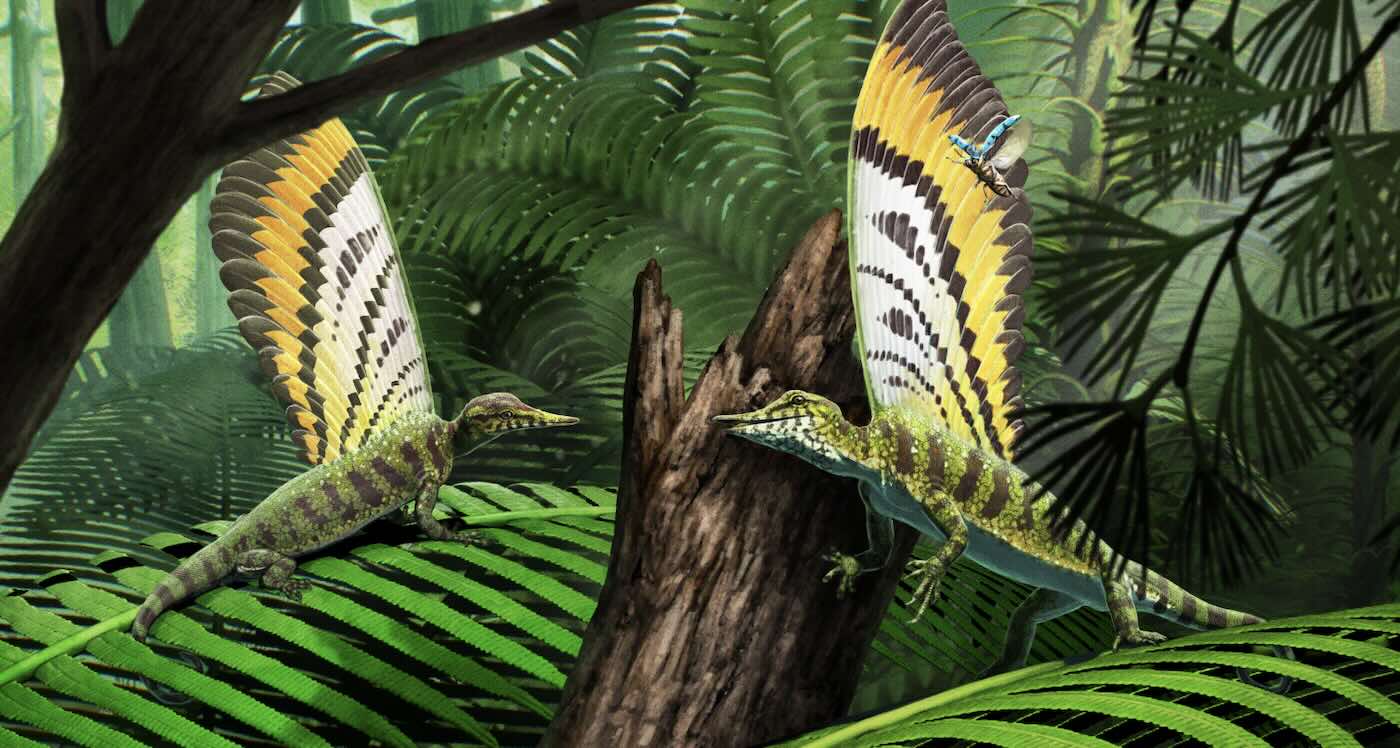T4K3.news
New Fossils in China Upend Human Evolution Theories
A study reveals fossilized teeth in China challenge traditional views on human ancestry.

New fossil findings in China reveal complex traits in human ancestry.
Fossil Discovery Challenges Conventional Views of Human Evolution
A recent study published in the Journal of Human Evolution reveals significant findings from fossilized teeth unearthed at the Hualongdong site in Anhui Province, China. These fossils, dated to over 300,000 years ago, showcase a remarkable mixture of archaic and modern human features, prompting a reevaluation of established theories regarding human evolution in Asia during the Middle Pleistocene. Led by Professor Wu Xiujie, the research suggests that Homo sapiens-like traits existed earlier than previously thought, reflecting a complicated evolutionary history. The nearly complete cranium and 14 teeth discovered challenge the linear perspective of human evolution, highlighting a mosaic of traits that may indicate diverse evolutionary pressures in the region.
Key Takeaways
"It's a mosaic of primitive and derived traits never seen before."
María Martinón-Torres emphasizes the unique blend of human traits discovered.
"The Hualongdong discovery reminds us that human evolution was neither linear nor uniform."
José María Bermúdez de Castro reflects on the complexity of human evolution in Asia.
The findings at Hualongdong signify a critical shift in understanding human evolution. They suggest a landscape rich in evolutionary innovation, where distinct human populations may have thrived in parallel, evolving unique anatomical features. This contradicts the idea of evolution as a simple, uniform process. As José María Bermúdez de Castro notes, these fossils underscore that human evolution involved various experimental paths. Therefore, rather than viewing human ancestry as a direct lineage, an appreciation for its complexity becomes essential. The implications are far-reaching, suggesting renewed investigations into early human migrations and interactions across different regions.
Highlights
- Hualongdong reveals the mosaic of human evolution in Asia.
- Fossils challenge the simple narrative of human ancestry.
- Diverse traits show evolution can be complex and varied.
- Human evolution was neither linear nor uniform.
Potential Controversy Over Evolutionary Theories
The findings may provoke debate among scientists about established evolutionary theories relating to human migration from Asia.
Such discoveries will likely reshape our understanding of human ancestry and evolution across the globe.
Enjoyed this? Let your friends know!
Related News

New Theory Rewrites Human Evolution History

Ancient Child Skull May Change Our View of Human Evolution

Scientists identify a new human species named Homo juluensis

Discovery in Grand Canyon challenges views on life's origins

New research highlights diet's role in human evolution

Pulaosaurus Qinglong discovered in China

Fossil Challenges Spiders' Earth Origins

New Triassic reptile discovery changes views on feather evolution
